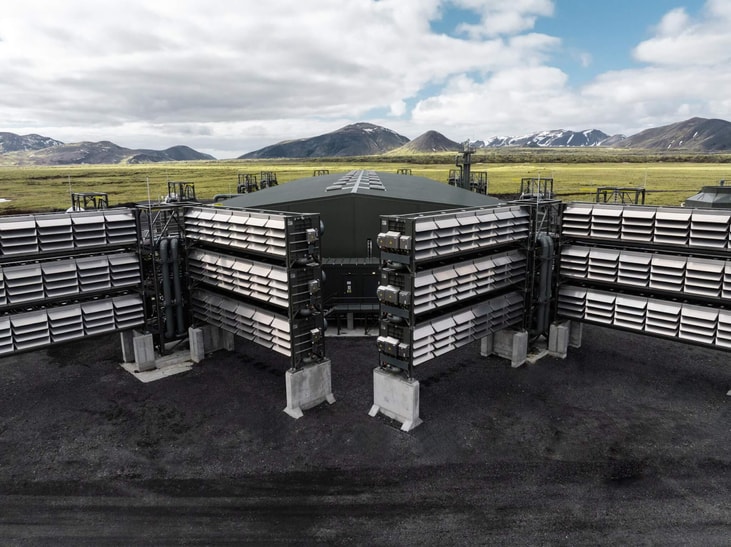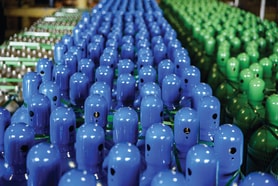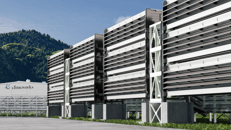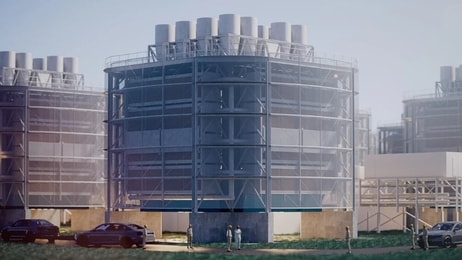World’s largest direct air capture plant launches in Iceland
Swiss carbon capture firm Climeworks has switched on its newest direct air capture and storage (DAC+S) plant in Iceland.
Ten times bigger than its predecessor, the Mammoth plant will have an initial capture capacity of up to 36,000 tonnes of carbon dioxide (CO2) per year by filtering it from the air before storing the gas underground.
Using renewable energy supplied by Icelandic energy firm ON Power to power its DAC process, the plant has already begun to capture its first CO2, with twelve of its total 72 collector containers installed onsite.
... to continue reading you must be subscribed
























